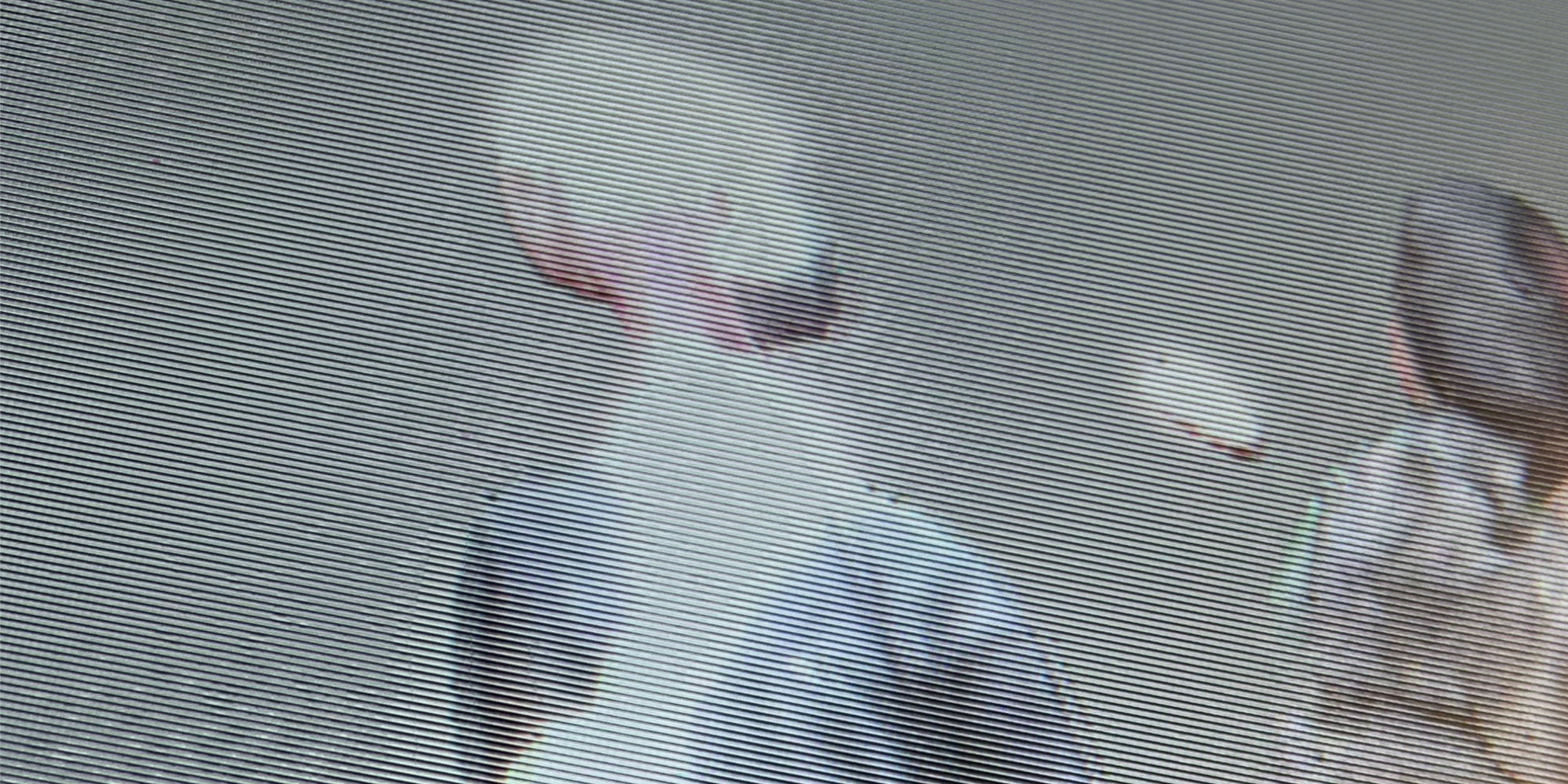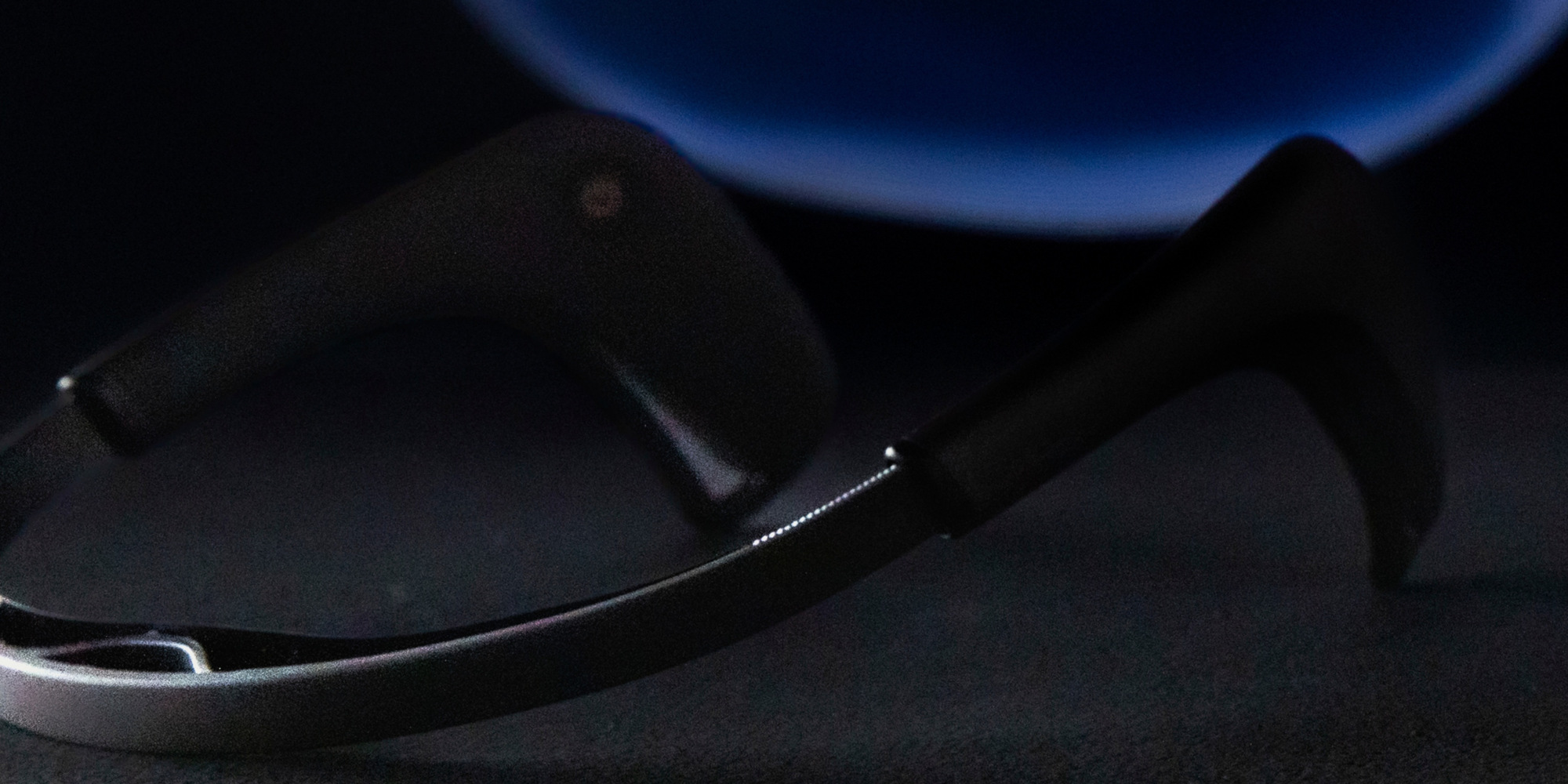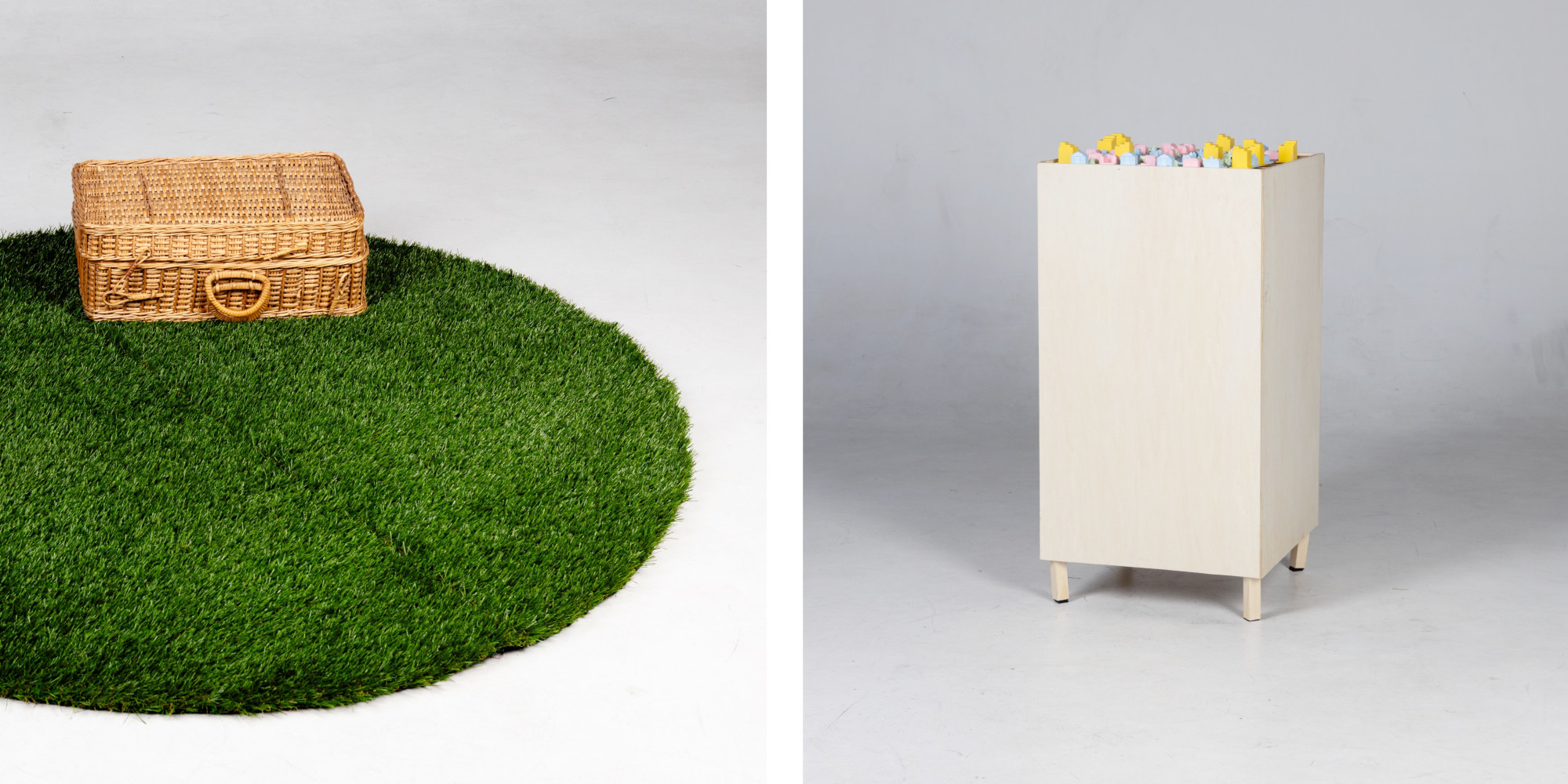Emanatio Digitalis questions the conditions of closeness, identity, and agency in the age of algorithmic systems. At its core lies the ambivalence of digital innovations: while they create new spaces for participation and creativity, they simultaneously generate uncertainties, loss of control, and new forms of normalization. The presented projects demonstrate how neural interfaces, Artificial Intelligence, and immersive simulations shift our understanding of intimacy, autonomy, and urban life.
In the context of the festival motto PANIC – yes/no, the exhibition becomes an experimental field for the possibilities and risks of radical change. What does it mean when digital technologies are not merely tools but co-creators of social processes? How do we respond when change is no longer predictable and uncertainty becomes a fundamental condition?
Emanatio Digitalis invites reflection on a stance located somewhere between fascination and unease. Artistic research here serves as a means to approach panic not as a paralyzing endpoint, but as a productive starting point for new perspectives and greater social responsibility.
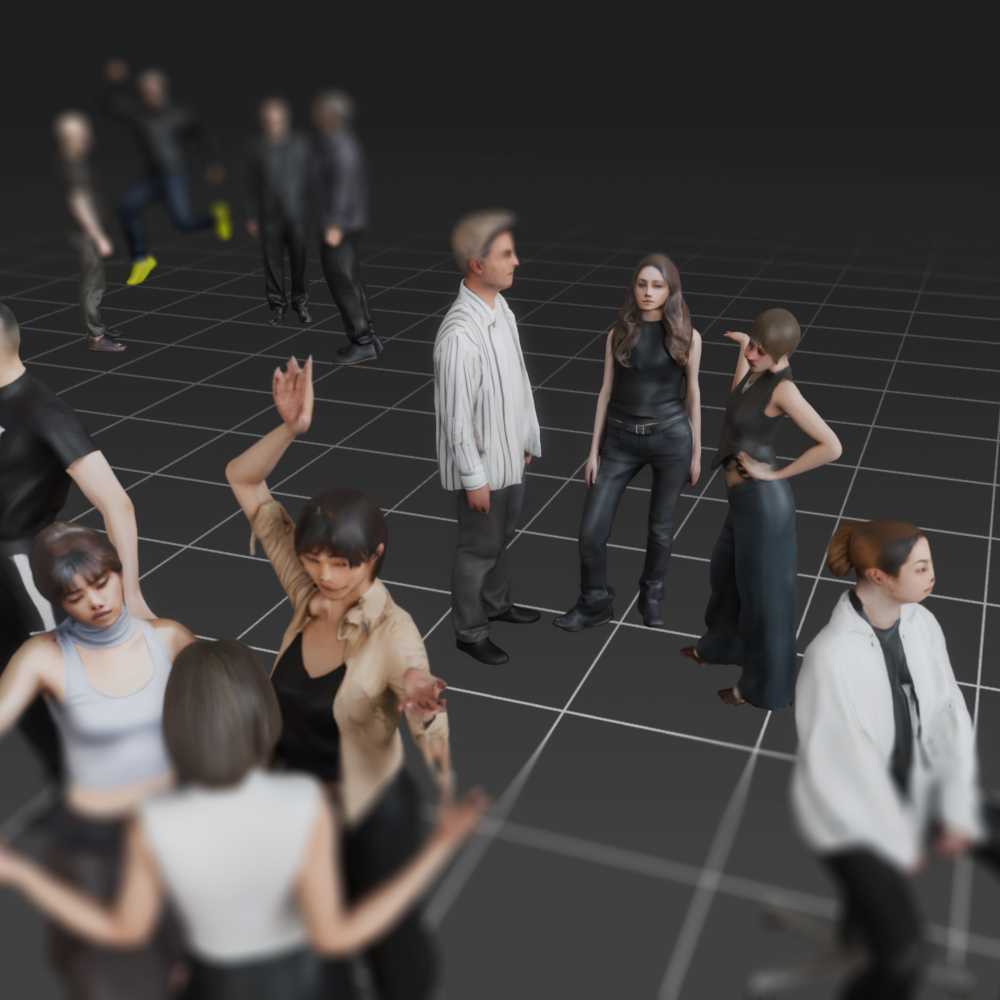
Emanatio Digitalis / Communication Design, School of Culture and Design, University of Applied Sciences Berlin - Photo: Marcel Bückner
Exhibition
Emanatio Digitalis
Communication Design, School of Culture and Design, University of Applied Sciences Berlin (DE)
Ticket //
FREE / No Ticket
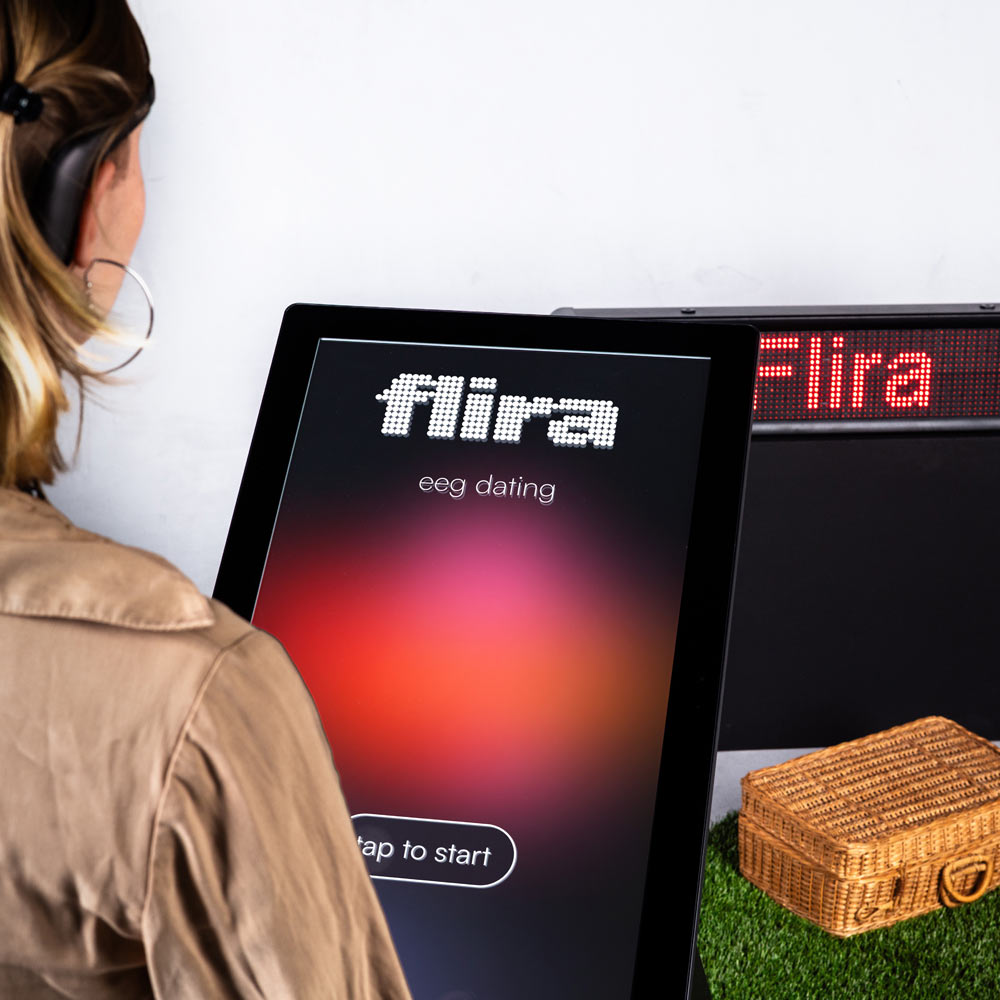
Flira
Felix Henke (DE), Melissa Heim (DE), Maxima Walthes (DE)
In this interactive installation, participants answer personal questions solely in their minds, while an EEG system records their neural activity. An algorithm determines the one perfect match.
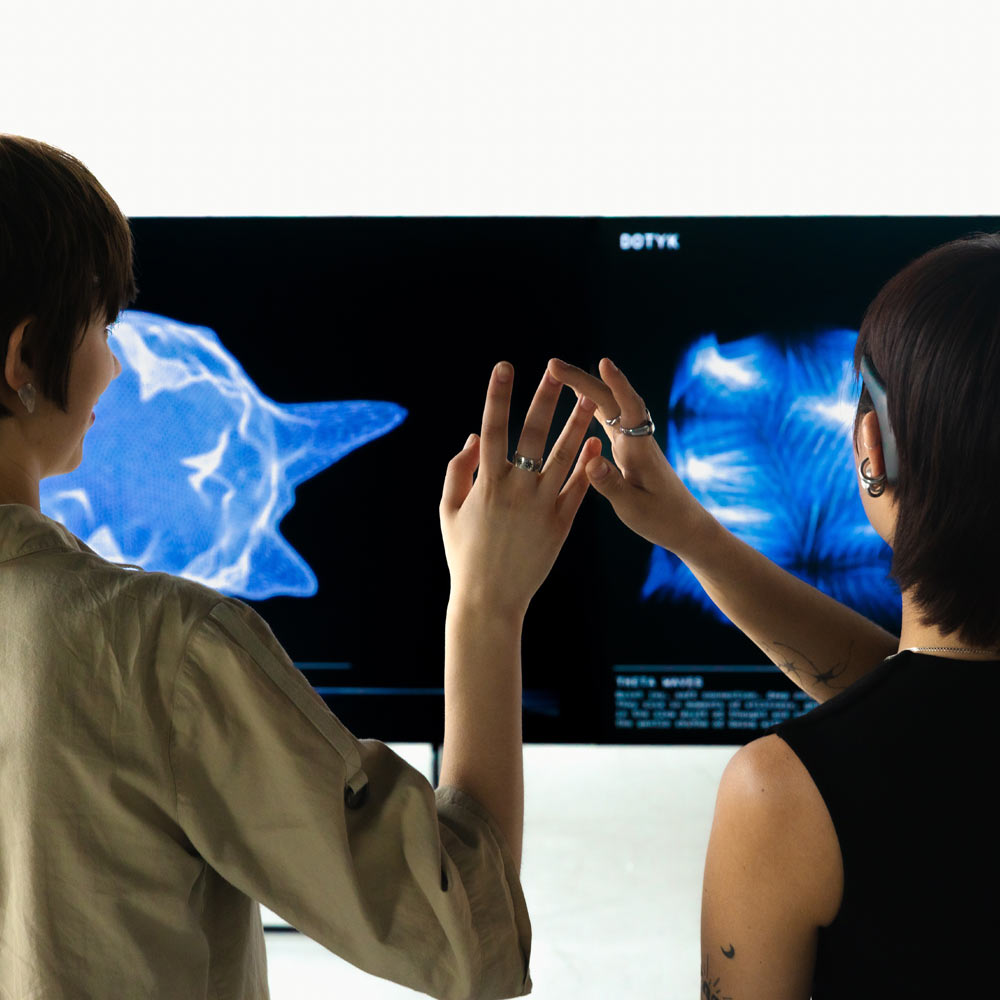
Dotyk
Fernanda Candas (MX), Varvara Hryhorova (UA), Anastasiia Sviderska (UA)
Dotyk is an experimental installation merging neurotechnology and interactive art. Using EEG data, it translates brain activity into real-time visual and sound patterns—turning invisible inner states into a sensory experience.
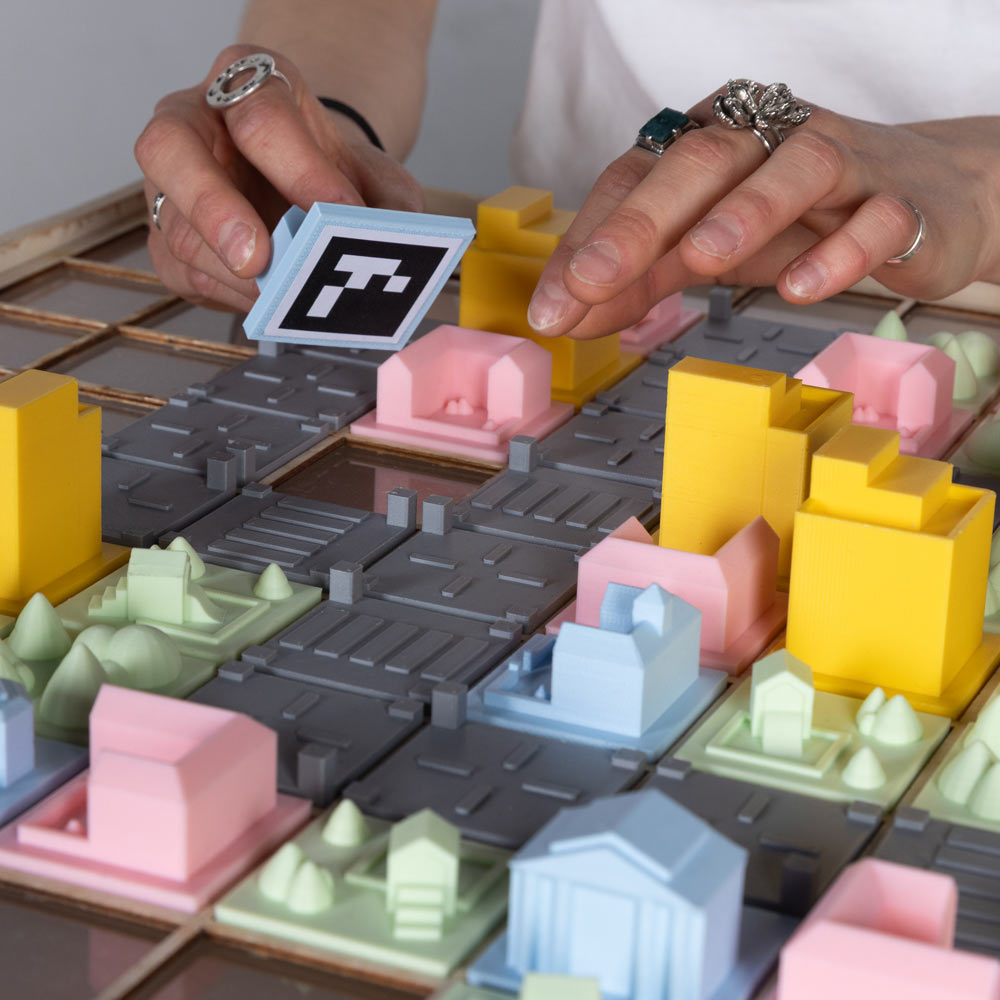
Urbanova
Carlotta Bartoschik (DE), Mila Emmerich (DE), Karen Lienkamp (DE)
Urbanova lets users build their own cities while learning how urban planning affects the environment and quality of life. By seeing how their city performs in key areas, users are encouraged to create more balanced, sustainable concepts.
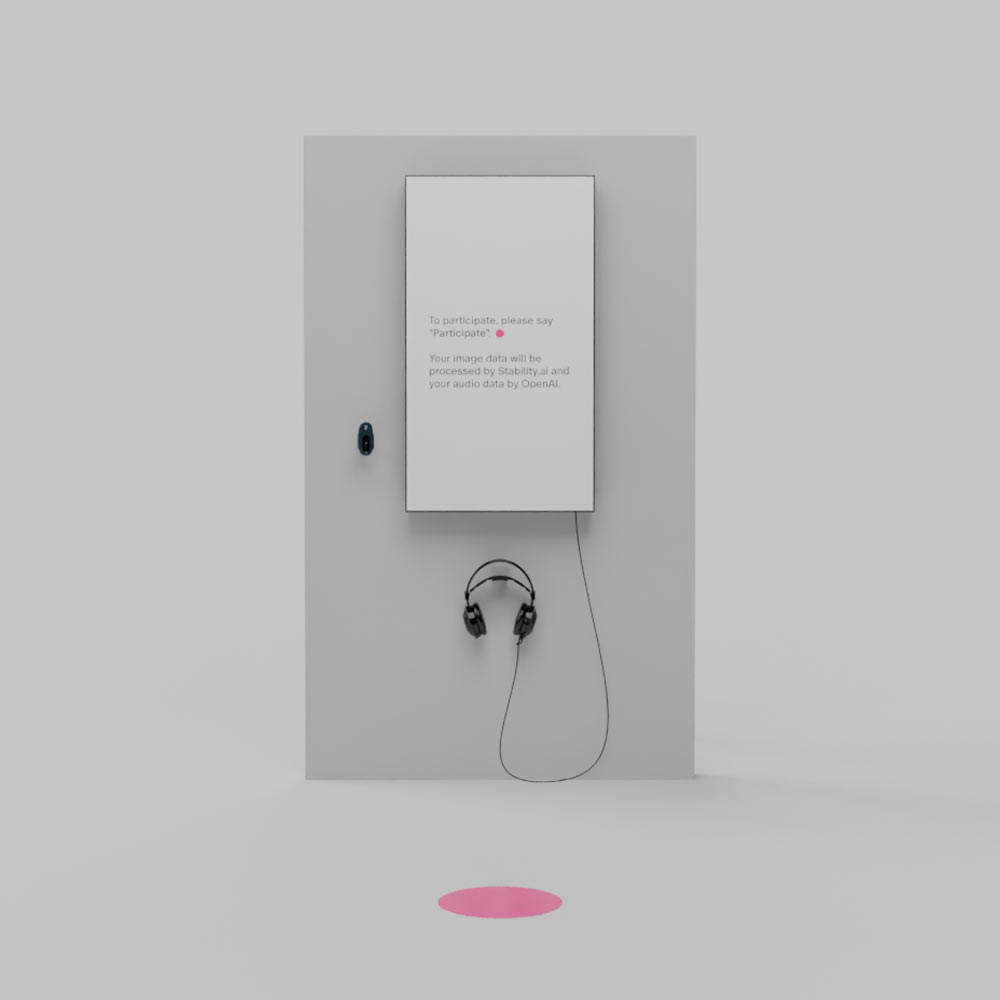
Doppelgänger
Jim Kramer (DE), Rosi Pernthaller (AT)
Who are we in the third life? In Doppelgänger, visitors meet a digitized version of themselves. AI collects fragments such as preferences and memories to create a personal profile. A webcam turns each visitor’s photo into a 3D avatar, which enters a virtual world to interact with other copies.
-
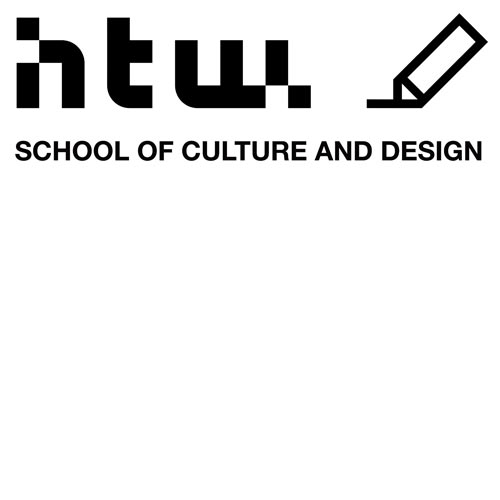
Communication Design, School of Culture and Design, University of Applied Sciences Berlin
The Communication Design program at the University of Applied Sciences Berlin includes an extensive curriculum that ranges from traditional design disciplines to design with future and high technologies and is closely interwoven with Berlin's dynamic tech and media art landscape. The university offers degree programs in the fields of engineering, computer science, business and design and is located in one of the most important historical industrial areas in Europe, the so-called Elektropolis Berlin.
Credits
Curators: Andreas Ingerl & Marcel Bückner | Technical Director: Thomas Kemnitz
